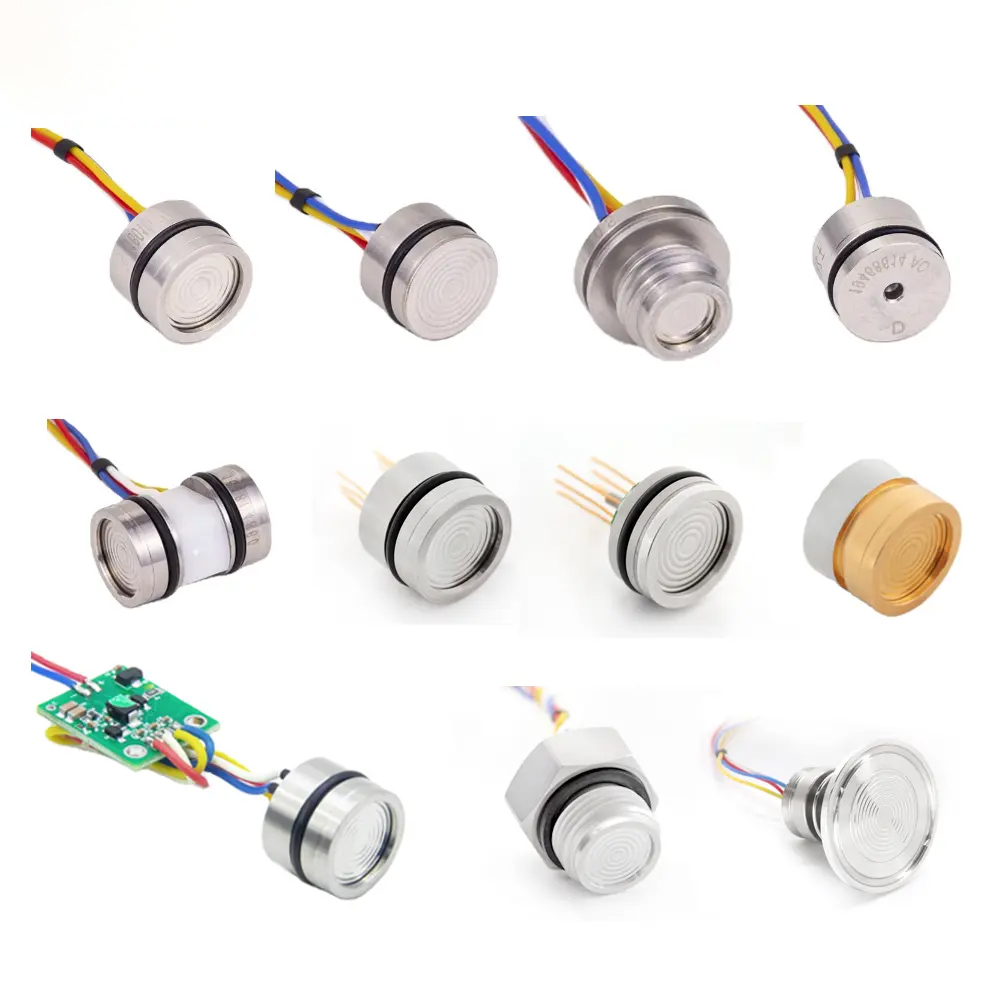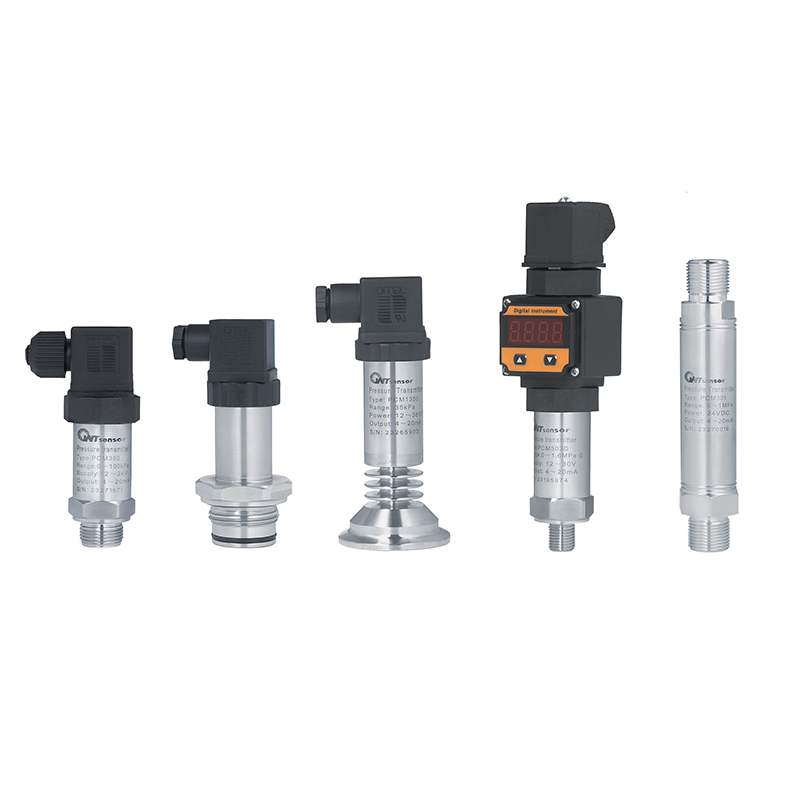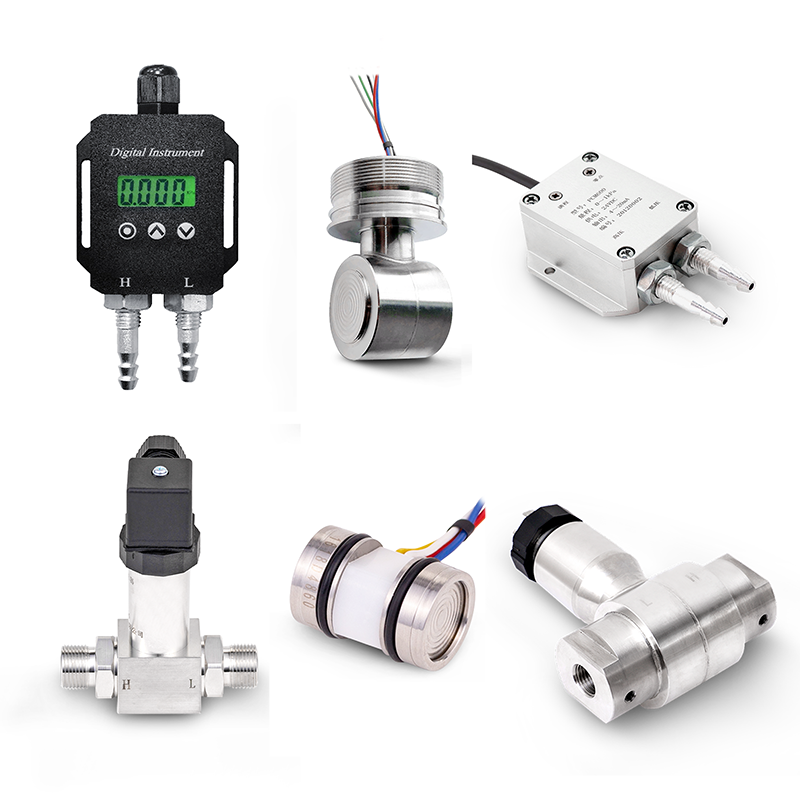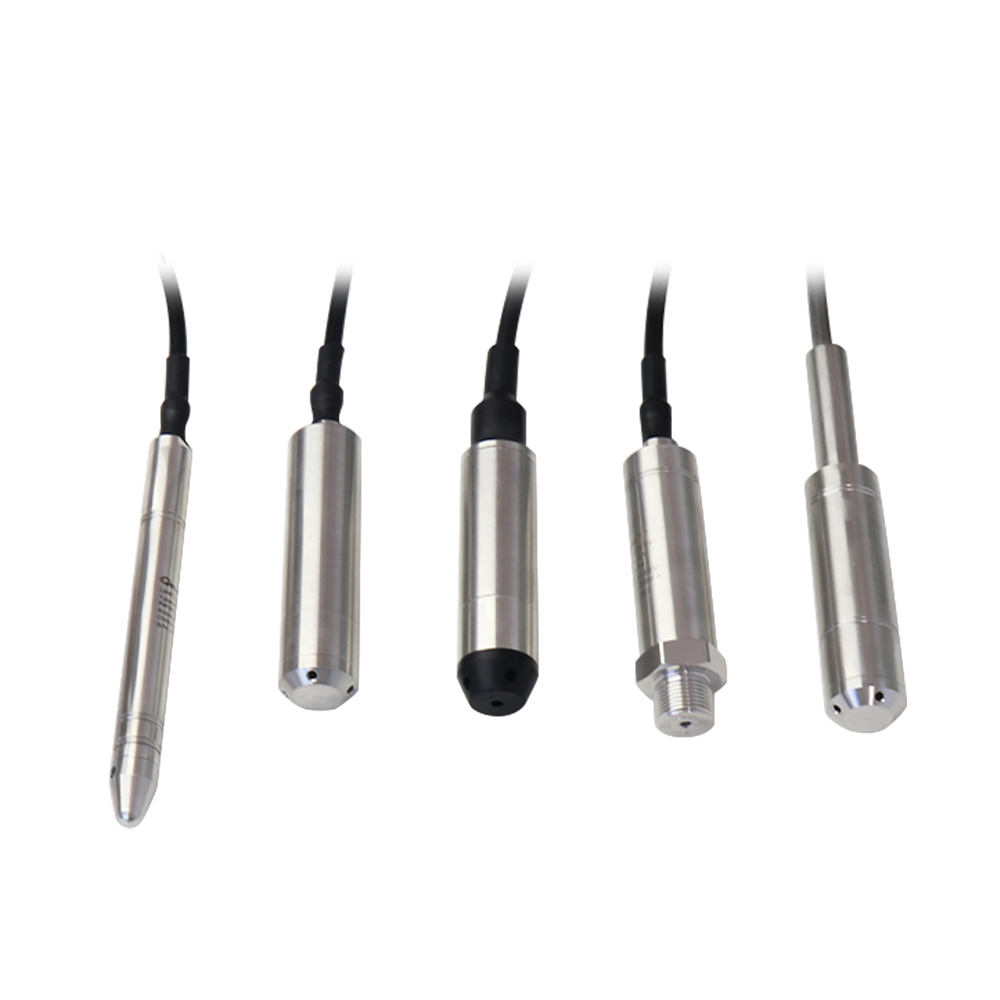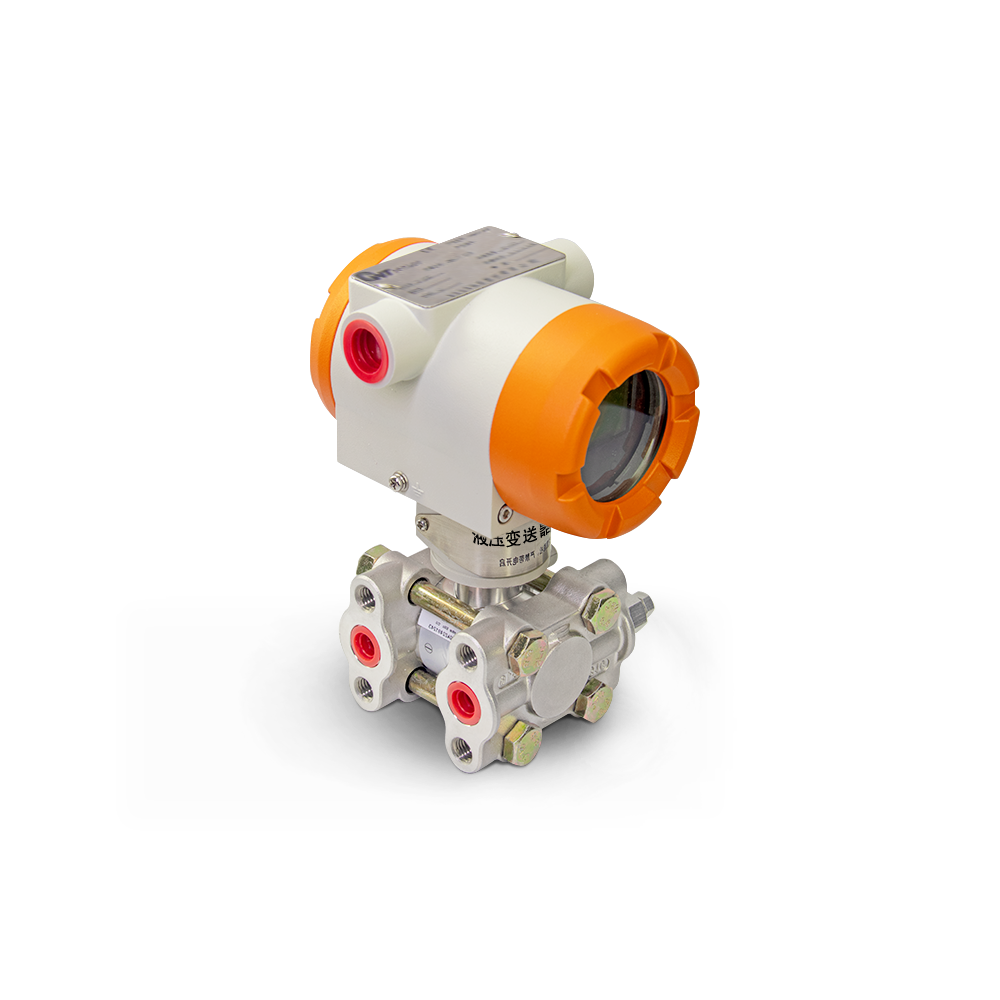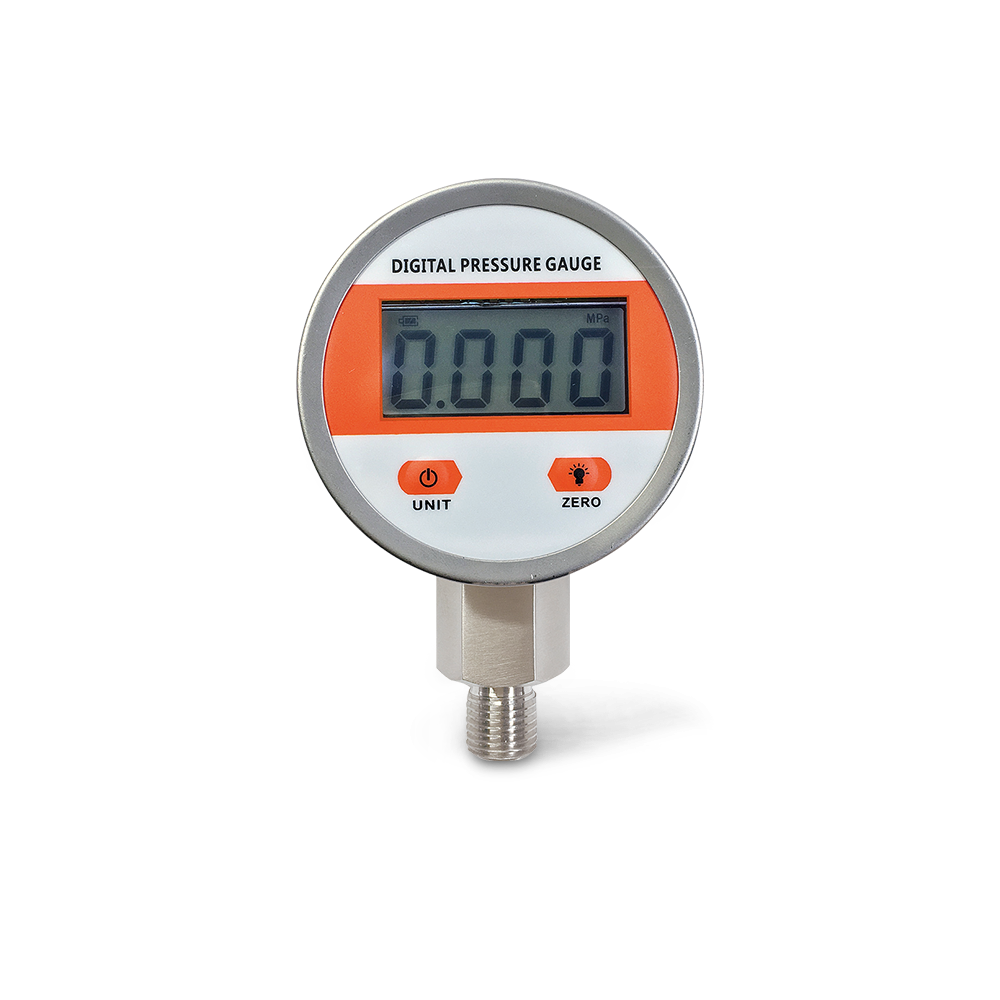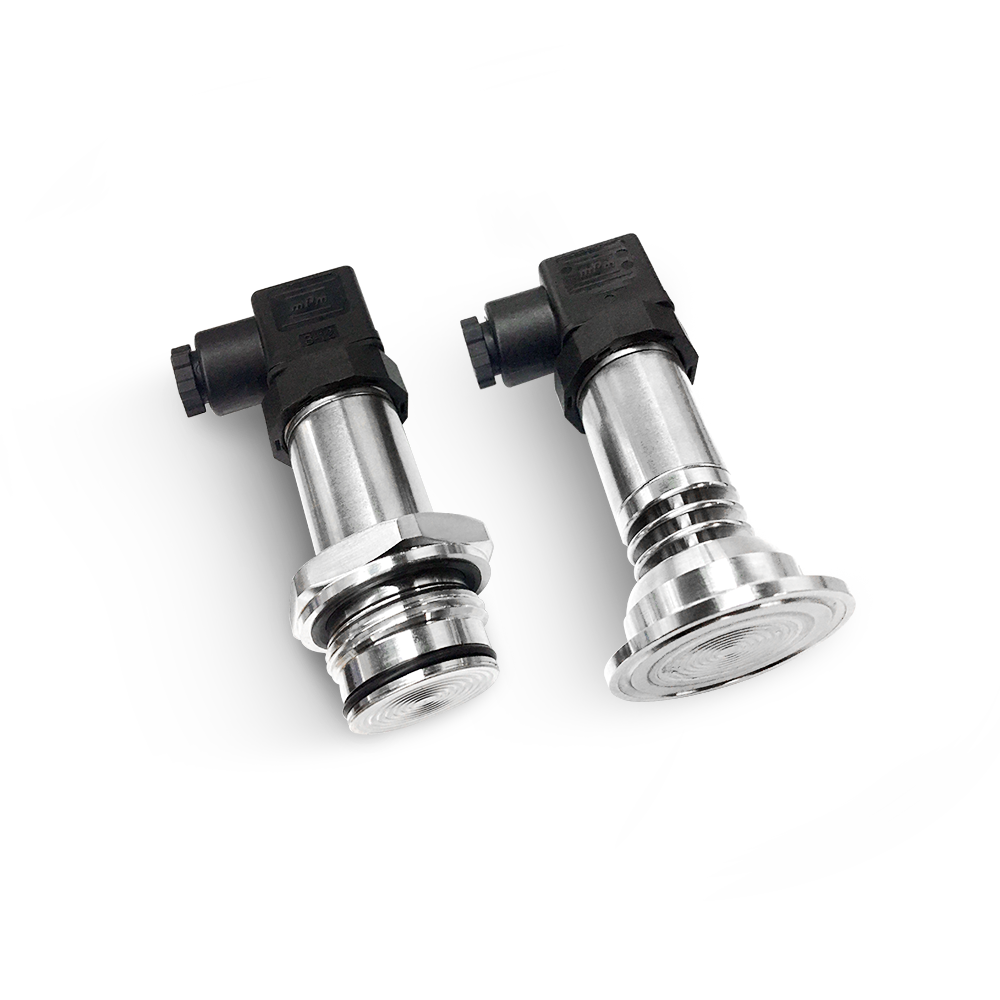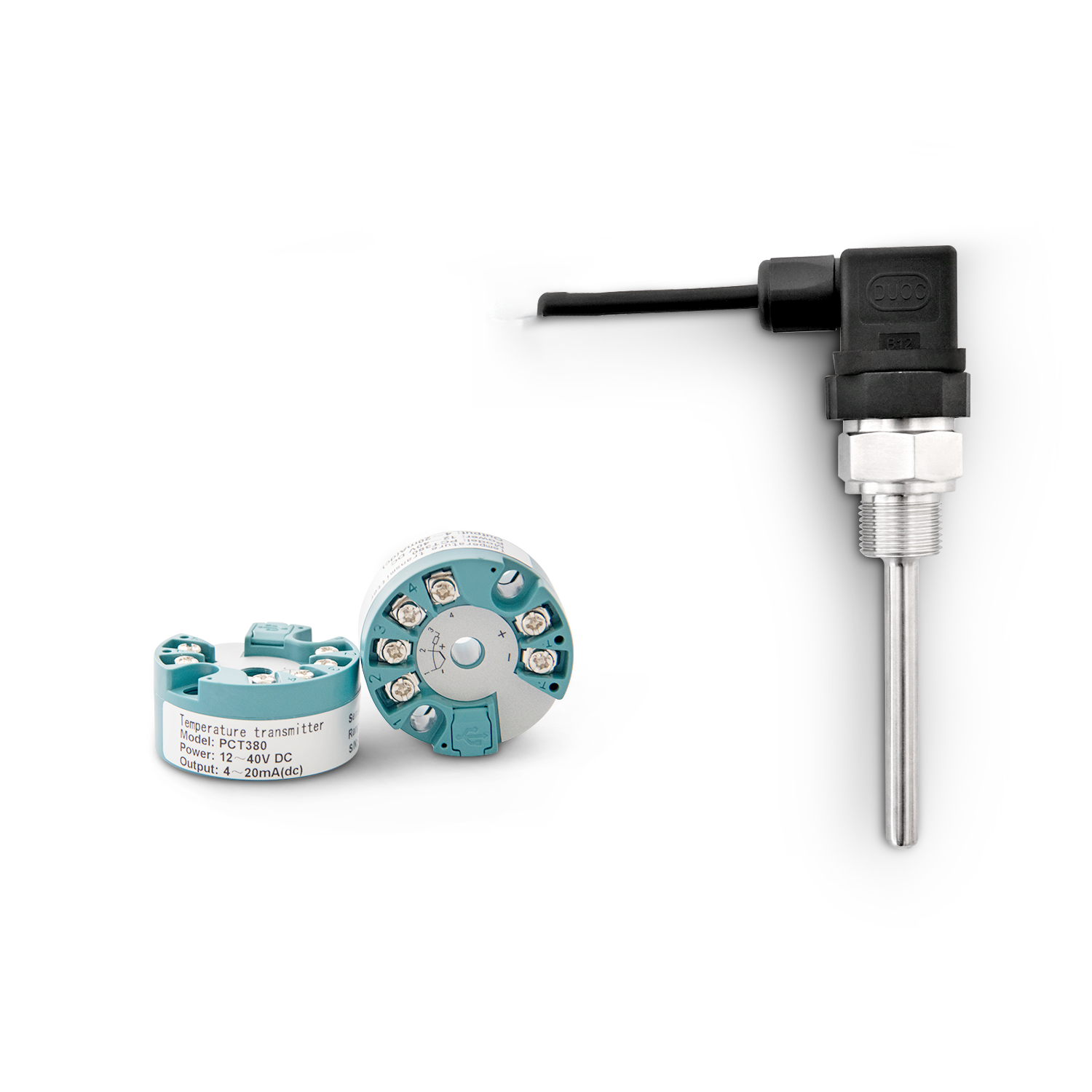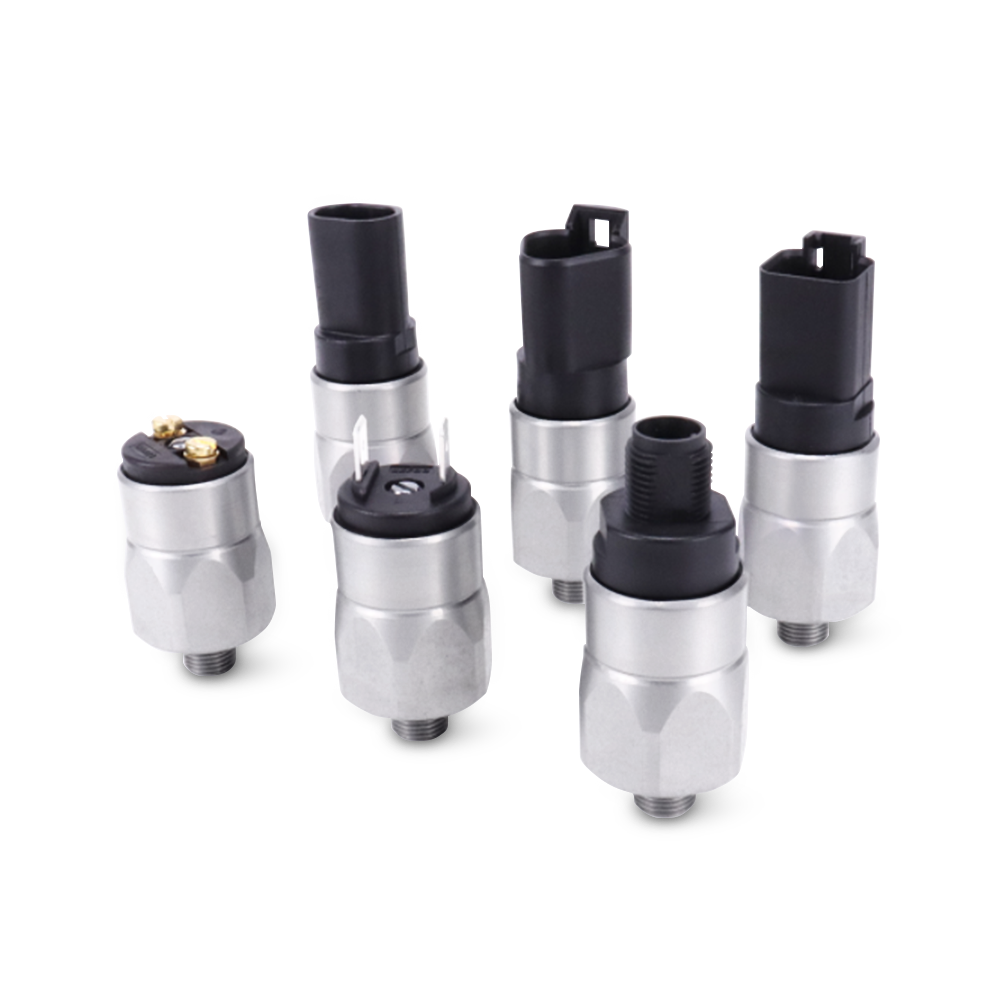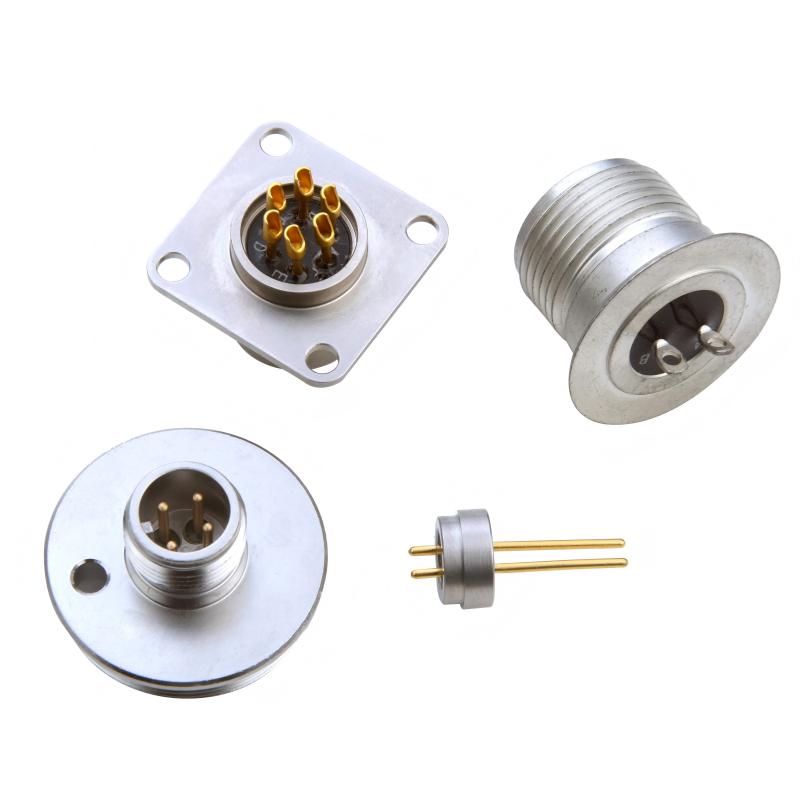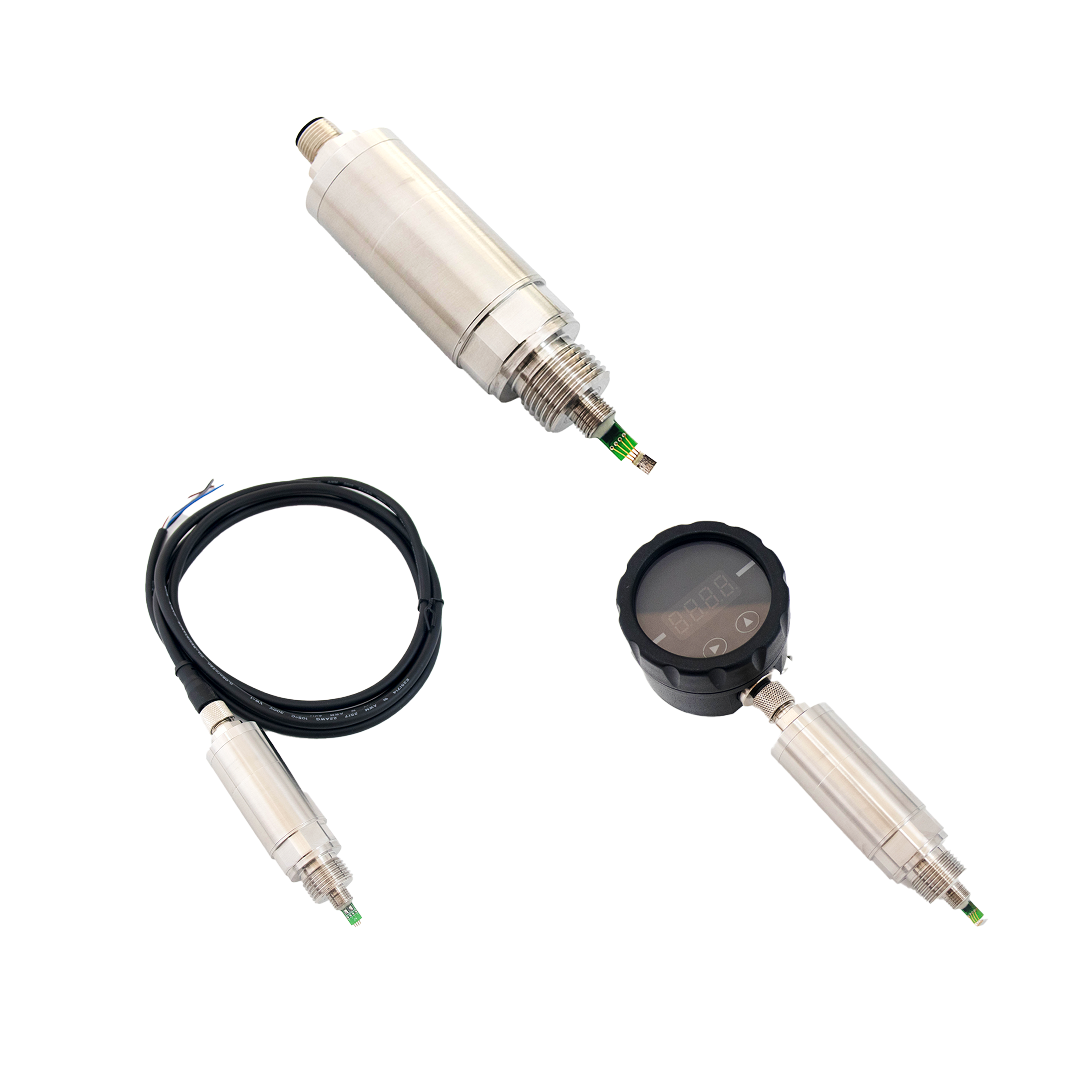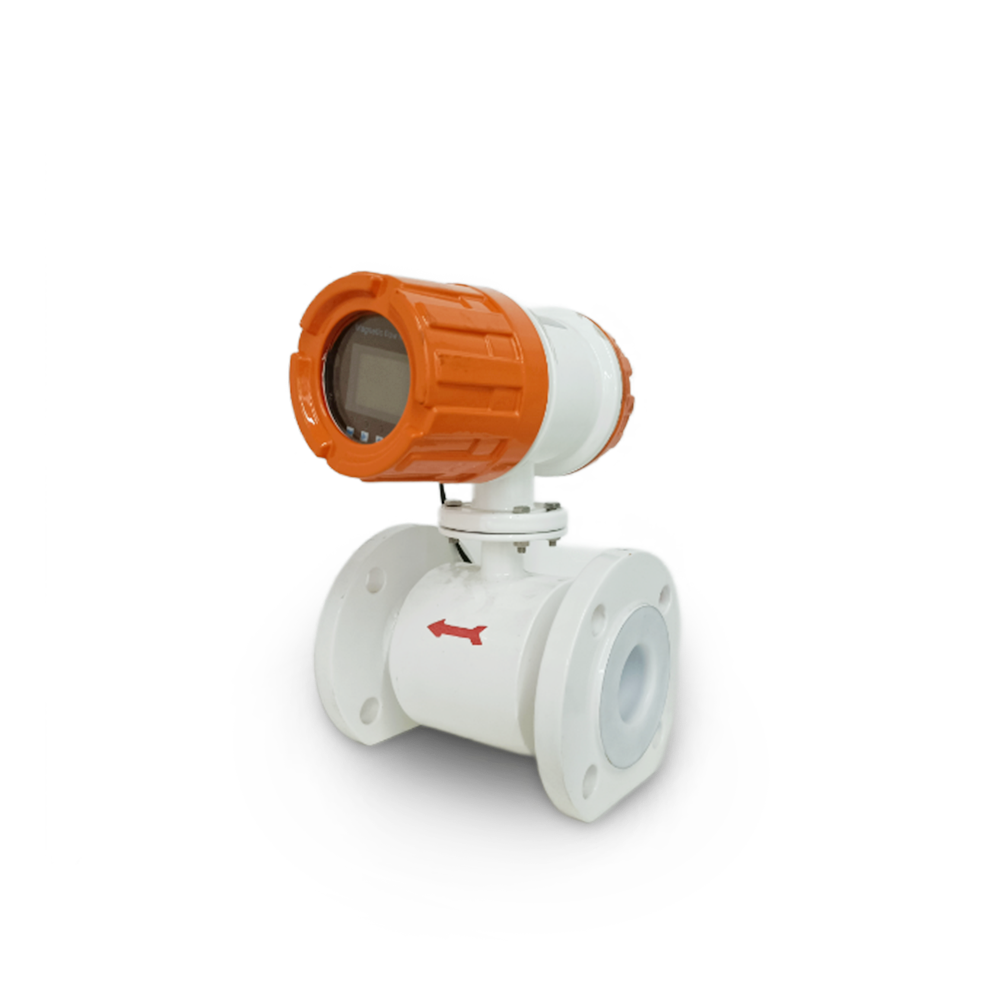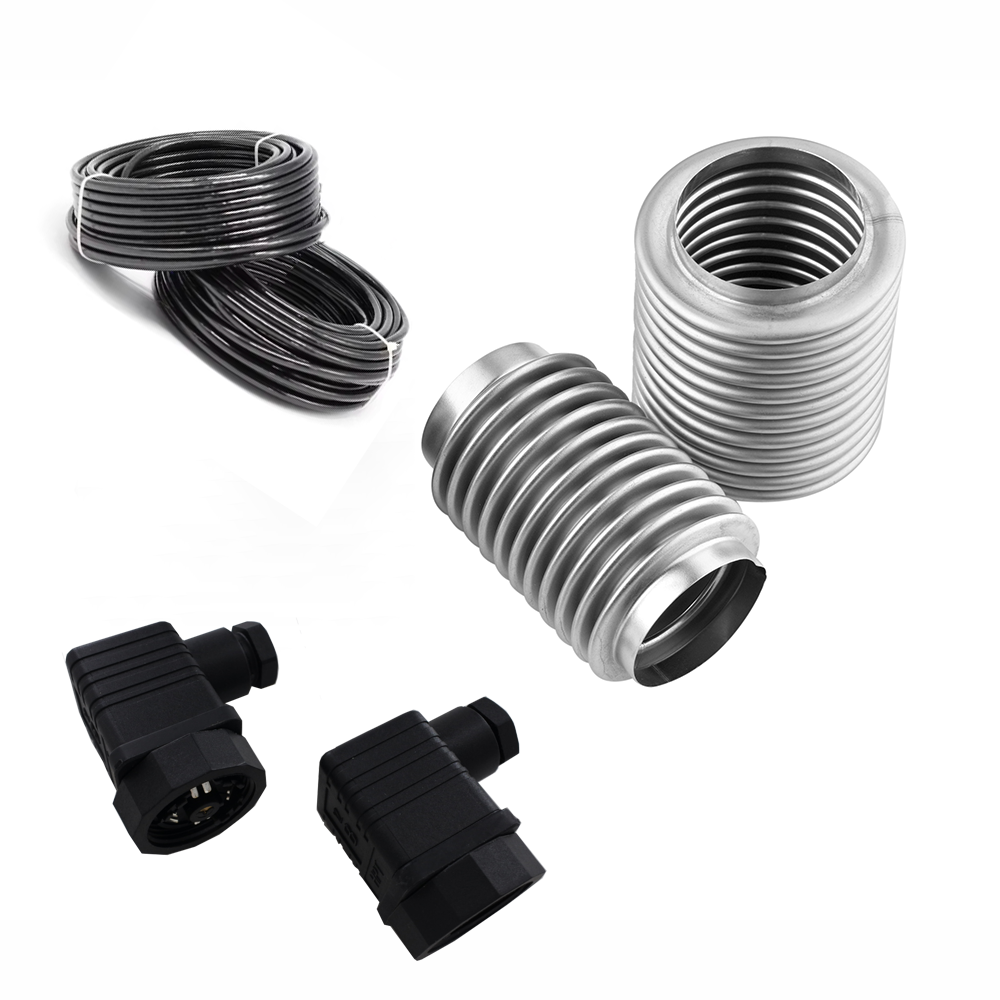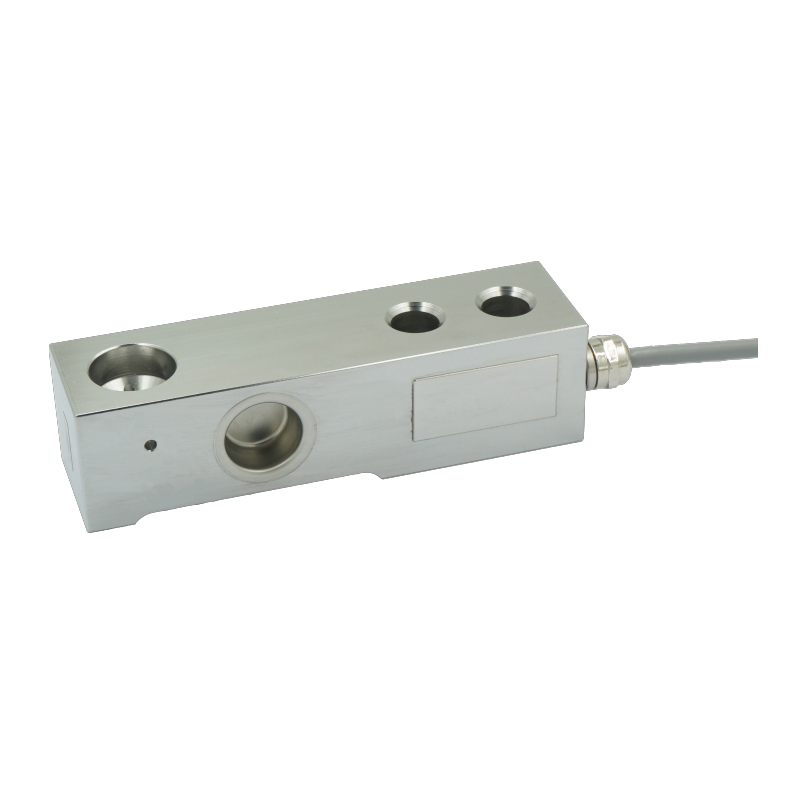Pressure Sensors: A Reliable Solution for Water Supply Networks
From: Issued date 2025.02.13 Back
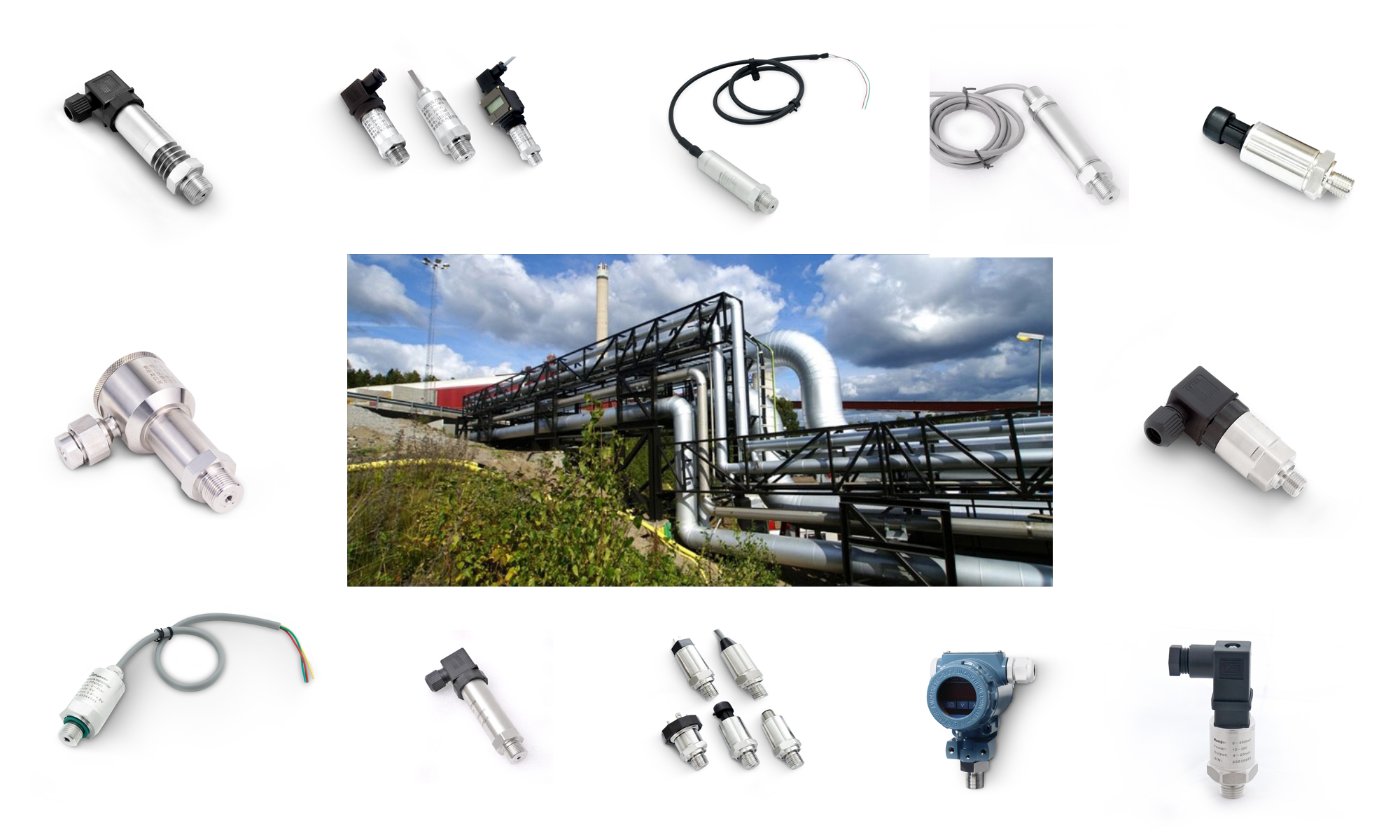
A stable and efficient water supply network is crucial for urban infrastructure, ensuring a continuous and balanced distribution of water. Pressure sensors play an essential role in monitoring and maintaining the stability of these networks by providing real-time pressure readings and alerting operators to potential issues. WTsensor specializes in manufacturing high-quality pressure sensors designed for the unique demands of water supply systems. This article explores the role of pressure sensors in water supply networks, the specific equipment involved, and the advantages of using WTsensor’s specialized solutions.
Role of Pressure Sensors in Water Supply Networks
Pressure sensors are critical components in the water supply system, primarily used to monitor pressure fluctuations within pipelines. By continuously measuring pressure changes, these sensors help prevent system failures, optimize water distribution, and enhance operational efficiency. Their main functions include:
· Ensuring Pressure Stability: Sensors detect pressure imbalances and relay data to control systems to adjust water flow accordingly.
· Leakage Detection: Sudden pressure drops can indicate leaks, allowing for quick identification and repair to minimize water loss.
· Pump Station Monitoring: Installed at pump stations, pressure sensors track inlet and outlet pressures to ensure optimal operation.
· Pipeline Distribution Analysis: Strategically placed sensors provide insights into the pressure distribution across the entire network, helping to manage supply and demand effectively.
How Pressure Sensors Work
The working principle of a pressure sensor involves a sensitive element that detects pressure changes within the pipeline and converts these changes into an electrical signal. This signal is then processed through an amplification and filtering system before being sent to a monitoring system.
Sensitive components in these sensors are typically based on:
· Piezoresistive technology: Converts mechanical strain into resistance variations.
· Piezoelectric technology: Uses charge accumulation in response to pressure changes.
· Capacitive technology: Detects changes in capacitance caused by pressure variations.
Application in Water Supply Equipment
Several key pieces of equipment rely on pressure sensors to ensure the efficient operation of a water supply network:
· Pumping Stations: Sensors installed at pump station inlets and outlets monitor pressure levels to maintain optimal performance.
· Pipeline Network Nodes: Sensors at critical points help analyze pressure distribution, improving water supply planning and management.
· Leak Detection Systems: By monitoring pressure fluctuations, sensors help pinpoint leaks early, reducing water wastage and preventing damage.
· Pressure Regulation Systems: Sensors feed real-time data into automatic control systems that adjust valves and pumps to maintain pressure balance.
Technical Specifications of Water Supply Pressure Sensors
WTsensor provides durable and high-performance pressure sensors designed to meet the rigorous demands of water supply networks. Our sensors feature:
· Pressure Range: custom options available: -100 kPa to 100 MPa
· Accuracy: 0.5% FS
· Operating Temperature: -40°C to 85°C
· Protection Level: IP68 (waterproof and dustproof for harsh environments)
Proper installation and regular maintenance
Installation begins with selecting an optimal location, such as main pipelines, high-pressure branch lines, or near pumping stations. Necessary tools and materials, including wrenches, bolts, nuts, gaskets, lubricants, and protective covers, should be prepared in advance. The mounting holes must be properly aligned and drilled to ensure a secure fit. Once the sensor is inserted and positioned correctly, lubrication should be applied, and the sensor should be securely fastened to prevent leaks. Wiring should be properly connected using protective sleeves, followed by calibration to ensure accurate pressure readings. For maintenance, periodic inspections should be conducted to check for corrosion, leaks, or damage. Regular cleaning helps remove dust and impurities, while performance testing and calibration ensure accuracy and responsiveness. Temperature compensation features or external devices should be used to mitigate the impact of temperature fluctuations. Additionally, safety valves must be installed to prevent overpressure damage, and anti-freezing measures should be implemented for outdoor installations in cold climates. When measuring steam or high-temperature fluids, buffer tubes or cooling elements should be used to protect the sensor from excessive heat exposure.
Why Choose WTsensor?
WTsensor has over 20 years of expertise in manufacturing high-quality pressure sensors tailored for industrial water supply applications. Our advantages include:
· Reliable and Durable Design: Built for long-term performance in harsh conditions.
· High Accuracy and Sensitivity: Ensures precise pressure monitoring and control.
· Wide Range of Customization: Adaptable specifications to meet different operational needs.
· IP68 Protection: Waterproof and dustproof for reliable operation in demanding environments.
· Comprehensive Technical Support: Professional assistance for installation, calibration, and maintenance.
Pressure sensors are indispensable for maintaining a stable and efficient water supply network. From pump station monitoring to leak detection and pressure regulation, they provide critical data that enhances operational efficiency and reduces water loss. WTsensor offers specialized, high-quality pressure sensors designed for durability and accuracy in industrial applications. By choosing WTsensor, water supply companies can ensure reliable pressure management and improved system performance, contributing to a more sustainable and efficient water supply network.

